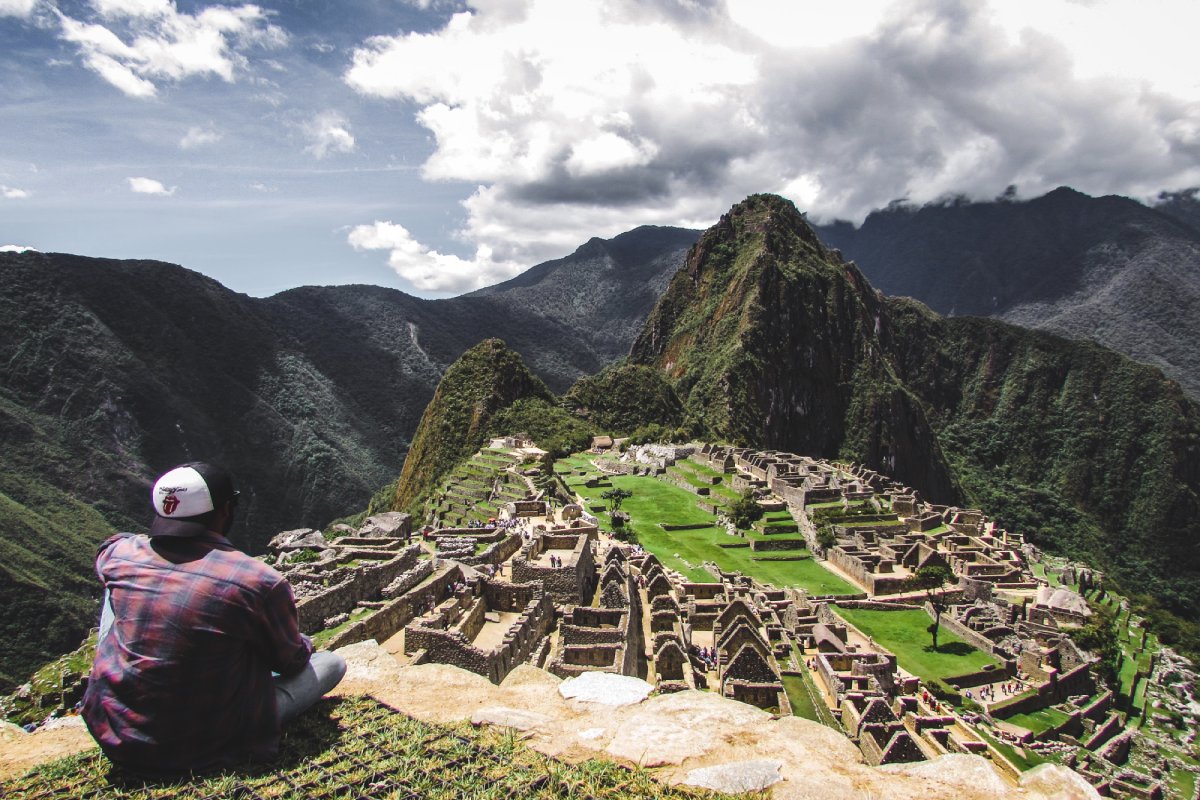Peru's Post-Covid Tourism Faces Setback From Civil Unrest

Skift Take
Peru’s post-pandemic recovery will take longer than expected because of the violent political protests that started in December. As the protests continue, the country’s competitiveness as a tourist destination is at risk if the political situation isn’t resolved and images of unrest and chaos stay in the international spotlight.
Peru is off to a bad start in 2023. Up to 60 percent of travel bookings for the first half of the year have been canceled since the protests began in December, according to Reuters. Train service to Machu Picchu, the country’s most popular tourist attraction, has had repeated closures due to the protests. On January 4, thousands of protesters marched on Lima, Peru's capital.
The South American country has been grappling with a destructive political crisis. On December 7, left-wing President Pedro Castillo was impeached and arrested after he attempted to dissolve the country’s national legislative body and set up an emergency government. Castillo’s vice president, Dina Boluarte, was sworn in as the new president on the same day.
In the followin
